Popular on Food52
Continue After Advertisement
19 Comments
Karen
October 8, 2014
As much as this sounds good Fukishima is still leaking like crazy and there are many of us who know well enough to never eat anything from Japan and the northern Pacific. It is a shame but a necessity to know where food comes from nowadays.
anne
August 8, 2013
Thank you for this, Ms. Shimbo. I live in Berkeley, CA and have a wonderful Japanese fish market nearby. I have always wondered about all of the mysterious ingredients on the shelves, and in bins, and now I will be able to go by kombu and katsuobushi with great authority! Can't wait to make some delicious miso soups!
tamater S.
March 25, 2013
Thanks for the simple recipes. I'm always looking for lighter, clean tasting fare. I'll check out your cookbooks.
Hiroko S.
April 11, 2013
Thank you! I would like to let you know that Hiroko's American Kitchen won the Finalist Award at IACP cookbook of the year under American cookbook category!
LeBec F.
March 25, 2013
hiroko, this is terrifically helpful,so thx so much! i do have a few questions.
- why refrig the kombu steeping? does the cold help in the extraction? i can't imagine that doing this at room temp would be dangerous, healthwise, as seaweed is seaweed, and i might imagine that room temp might be more effective than cold- in extracting flavor....
-- i have always read that the katsuobushi step should only be five minutes, but when i follow that, i do not yield enough flavor (for ME that is). So i slways leave it longer and have even simmered it for 1/2 hour- and yielded a more flavorful base.(I don't care about the clarity of the dashi, just the flavor; again, this is just for me). Have you experimented in the ways i have and what has been your experience?
thx so much. i've always wanted to ask these questions.
- why refrig the kombu steeping? does the cold help in the extraction? i can't imagine that doing this at room temp would be dangerous, healthwise, as seaweed is seaweed, and i might imagine that room temp might be more effective than cold- in extracting flavor....
-- i have always read that the katsuobushi step should only be five minutes, but when i follow that, i do not yield enough flavor (for ME that is). So i slways leave it longer and have even simmered it for 1/2 hour- and yielded a more flavorful base.(I don't care about the clarity of the dashi, just the flavor; again, this is just for me). Have you experimented in the ways i have and what has been your experience?
thx so much. i've always wanted to ask these questions.
Hiroko S.
April 11, 2013
Please forgive me my belated reply to your question. I was in Japan, leading my culinary tour. Here is the reply. Room temperature spoils the kelp in tap water. (Kelp grows in salt water.) Next reply: steeping katsuobushi for half an hour produces strong flavored dashi. If you like that taste, it is fine. Over soaking of the katsuobushi in hot water, though, produces some bitterness and too fish flavor in the stock. For us, dashi should be clear clean. If you like your version, please stay with it! By the way Hiroko's American Kitchen won the Finalist at IACP Cookbook Award under American Cookbook category.
walkie74
March 22, 2013
Wait..that's it? And I've been buying concentrated dashi stock all this time?!?! Never again!
bonbonmarie
March 27, 2013
I know! I read somewhere once that "making dashi is complicated process, best to buy the concentrate". HA! I found a remainder book called Japanese Home Cooking which demystified this totally non-mysterious process. I will try Hiroko's method too, which is a bit different from mine.
Hiroko S.
April 11, 2013
Today there are naturally produced concentrated dashi available. But, the most sure thing is to make your own dashi with kelp and katsuobushi, dried fish flakes. You get natural nutrients from these ingredients and real flavor.
Greengourmet
March 22, 2013
Thank you for this post! As a vegetarian soup lover, I've been searching for a flavorful broth alternative. The kelp broth sounds healthy, easy, and delicious!
Kristen M.
March 25, 2013
The kelp broth doesn't have fish in it -- just the dashi does. I've tried vegetable soups made with this kelp broth and they are shockingly good.
Hiroko S.
April 11, 2013
For a vegetarian preparation KELP STOCK is the answer! Healthy, easy and delicious!
Hiroko S.
April 11, 2013
Kristen, find some additional shockingly good vegetable soups in Hiroko's American Kitchen. The book has recently won the Finalist award of IACP cookbook of the year under American cookbook category!
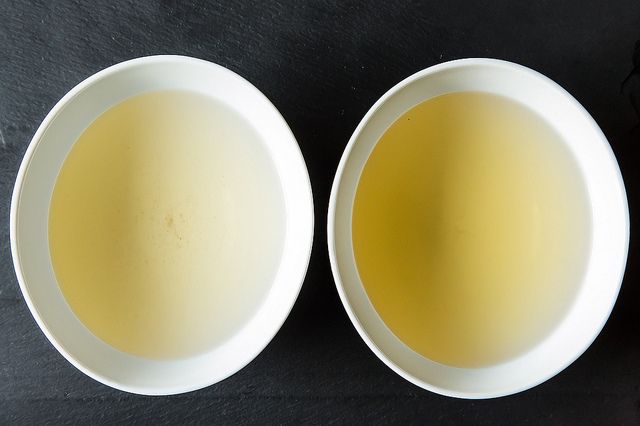
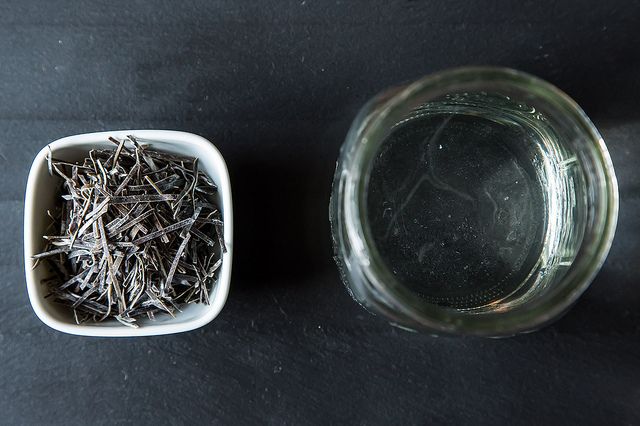
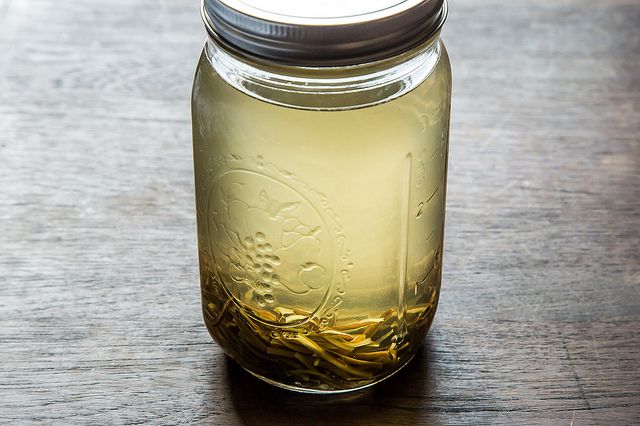
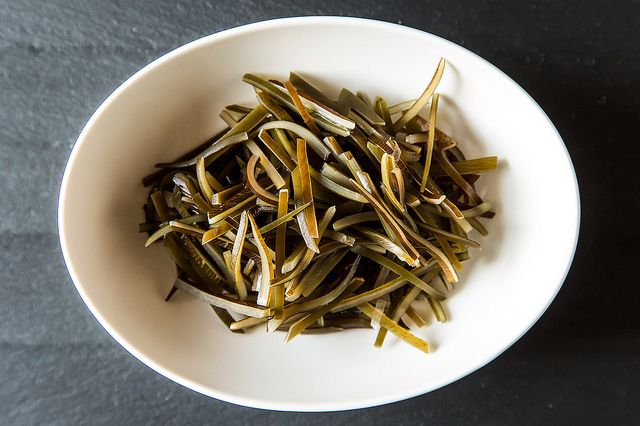
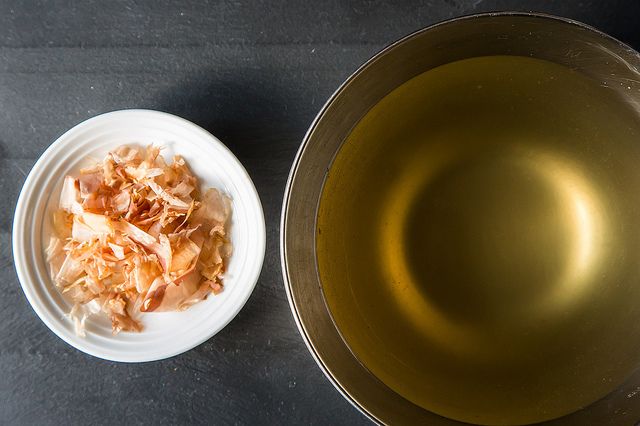
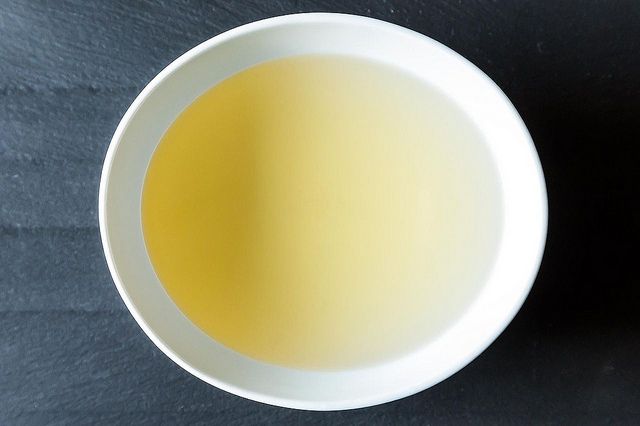

See what other Food52 readers are saying.